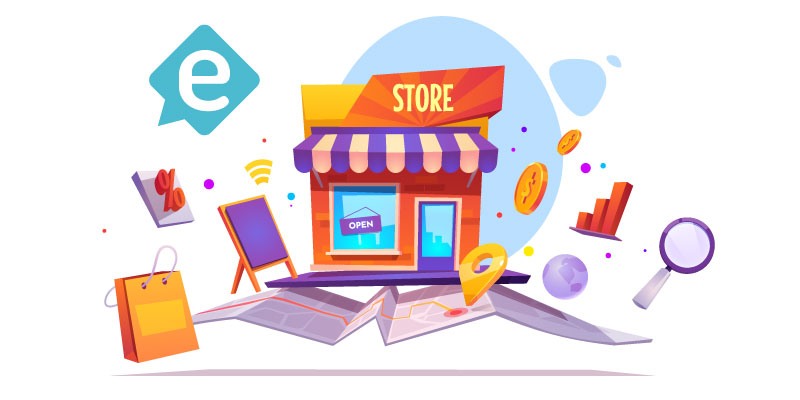Improving your website’s SEO can seem tricky, but there are easy ways to get started. SEO, or Search Engine Optimization, helps your site rank higher in search results. This means more people can find your website when they look for things online. The better your SEO, the more visitors you get.
The first step is to understand what people are searching for. This involves finding the right keywords that match what your audience is looking for. Once you have these keywords, you can use them on your site to attract more visitors.
Next, focus on your on-page elements. These are parts of your website that you can control, like titles, headers, and images. Making small changes to these can make a big difference in how search engines see your site.
Another important part of SEO is your site’s speed. A fast-loading website keeps visitors happy and makes search engines like your site more. There are simple ways to speed up your site without having to know a lot about technology.
Finally, building high-quality backlinks helps your site gain trust. When other websites link to yours, it shows that your content is valuable. This helps improve your ranking even more.
By following these easy steps, you can improve your website’s SEO and see more visitors come to your site.
Conducting Keyword Research
Keyword research is the first step to improving your SEO. Start by thinking about what words or phrases people might use to find your site. These are your keywords. Use tools like Google Keyword Planner or Ubersuggest to find popular keywords related to your business. These tools show how often people search for certain words and how hard it is to rank for them.
Focus on finding long-tail keywords. These are longer phrases that are more specific. For example, instead of using “shoes,” you might use “comfortable running shoes for women.” Long-tail keywords have less competition, making it easier for your site to rank higher.
Once you have your list of keywords, use them in your website content. Add them to your page titles, headings, and throughout your text. But be careful not to overuse them. Natural and helpful content is key. By doing smart keyword research, you can attract the right visitors to your site.
Optimizing On-Page Elements
Optimizing on-page elements means making sure all parts of your website work well for SEO. Start with your page titles and meta descriptions. These appear in search results and should include your target keywords. Keep them clear and to the point, so people know what your page is about.
Next, look at your headers. Use headings like H1, H2, and H3 to break up your content. This makes it easier to read and helps search engines understand the structure of your page. Include keywords in your headers for better SEO.
Images are another important element. Use high-quality images and add descriptive alt text with keywords. Alt text helps search engines understand what the image is about and improves your SEO.
Boost your on-page SEO by writing clear and engaging content. Answer questions your audience might have and provide useful information. Make sure your content is easy to read with short paragraphs, bullet points, and lists. Optimizing these elements improves your chances of ranking higher in search results.
Improving Website Load Speed
Having a fast-loading website is crucial for good SEO. Slow sites frustrate visitors and can lead to higher bounce rates, where people leave your site quickly. Search engines also favor faster websites, so having a speedy site can boost your rankings.
One way to speed up your site is by optimizing images. Large images take longer to load and can slow down your site. Use tools to compress images without losing quality. Also, choose the right format; for example, JPEGs are usually smaller than PNGs.
Another trick is to enable browser caching. This stores some parts of your website on visitors’ computers. This way, when they come back, your site loads faster. You can also use Content Delivery Networks (CDNs) to speed up loading times. CDNs distribute your content across multiple servers, making it quicker to access.
Minimize the use of heavy scripts and plugins. Too many can slow down your site. Regularly check and remove any that you don’t need. These steps help you create a faster, more user-friendly website.
Building High-Quality Backlinks
Backlinks are links from other websites that lead to your site. They show search engines that your site is trustworthy and valuable, which improves your SEO. But not all backlinks are equal. High-quality backlinks come from reputable websites and are more beneficial than links from less trustworthy sites.
Start by creating shareable content. Write informative blog posts, make engaging videos, or design useful infographics. When people find value in your content, they’re more likely to link back to you. Reach out to bloggers and influencers in your industry. Share your content and ask if they’d be willing to link to it.
Guest blogging is another good strategy. Write articles for other websites in your niche and include a link back to your site. This helps you reach a wider audience and earn valuable backlinks. Also, monitor your backlink profile using tools like Google Search Console. This helps you keep track of who is linking to you and ensure they are reputable sources.
By earning high-quality backlinks, you build your site’s authority and improve your chances of ranking higher in search engine results.
Conclusion
Improving your website’s SEO doesn’t have to be complex. Simple steps like conducting keyword research, optimizing on-page elements, improving load speed, and building high-quality backlinks can make a big difference. These strategies help increase your site’s visibility and bring more visitors. By following these tips, you can improve your website’s performance and reach a wider audience.
If optimizing your website sounds overwhelming, Everzocial can help. Our expert team specializes in digital marketing and SEO consulting services. We can guide you through the process and implement strategies tailored to your business needs. Contact Everzocial today to start improving your website’s SEO and see real results.







0 Comments